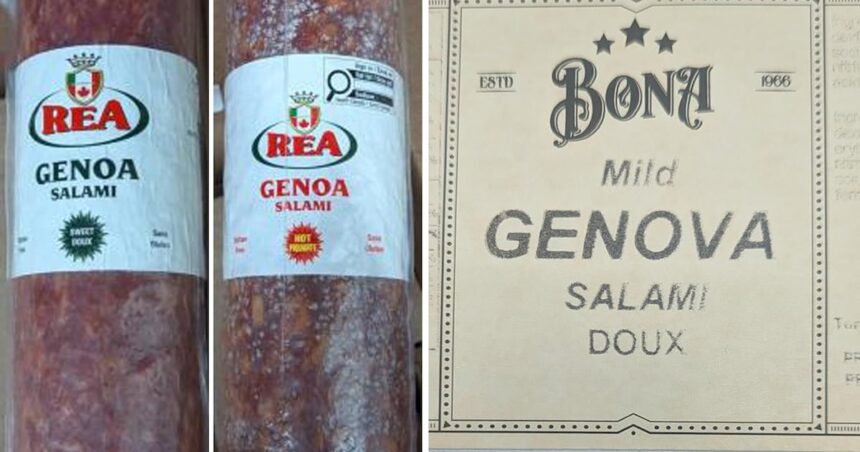In a troubling development for Canadian public health officials, the ongoing salmonella outbreak linked to contaminated salami products has claimed more victims, with two additional hospitalizations and twelve new cases reported in the past week alone. The outbreak, which began in early June, has now affected 87 Canadians across five provinces, according to the Public Health Agency of Canada’s latest update.
“We’re seeing this outbreak evolve in concerning ways,” said Dr. Theresa Tam, Canada’s Chief Public Health Officer, during yesterday’s press briefing. “The hospitalization rate has climbed to 18%, which indicates we’re dealing with a particularly virulent strain of salmonella.”
The contamination has been traced to specific batches of Italian-style dry salami produced at a processing facility in southern Ontario. While the manufacturer issued a voluntary recall on July 3rd, health officials believe many affected products remain in Canadian homes and businesses.
“The challenge with these shelf-stable products is that they can remain in pantries for months,” explained Dr. Howard Njoo, Deputy Chief Public Health Officer. “We’re urging all Canadians to check their homes for the recalled products and dispose of them immediately.”
The Canada News desk has learned that cases are concentrated primarily in Ontario (43), Quebec (22), and British Columbia (15), with additional cases reported in Alberta and Manitoba. Health authorities confirm that affected individuals range in age from 2 to 87 years old, with a median age of 42.
Laboratory testing has identified the outbreak strain as Salmonella Typhimurium, a particularly resilient variant that can survive the drying and curing processes used in salami production. The Canadian Food Inspection Agency has expanded its investigation to include potential cross-contamination at retail locations where the affected products were sliced and packaged.
“The current evidence suggests the contamination occurred at the production facility, but we’re examining every point in the supply chain,” said Theresa Buchanan, CFIA spokesperson. “Our environmental sampling at the facility has yielded positive matches to the outbreak strain.”
Economic implications have begun to ripple through the specialty food sector, with CO24 Business analysis showing that sales of all cured meat products have dropped by approximately 14% nationwide since the outbreak announcement. Industry representatives are concerned about the long-term impact on consumer confidence.
“This is absolutely devastating for legitimate producers who maintain strict safety protocols,” said Marco Delgado, president of the Canadian Specialty Meats Association. “One contamination event can undermine decades of consumer trust.”
Health Canada has issued new guidance for vulnerable populations, including pregnant women, young children, the elderly, and immunocompromised individuals, recommending they avoid all uncooked cured meat products until the outbreak is resolved.
The recalled products include various brands and sizes of Italian-style salamis distributed nationwide between May 12 and June 28, 2025. Consumers can find detailed information about affected lot numbers and brands on the CO24 News website.
As temperatures rise across Canada this summer, health officials express additional concern about improper food handling. “Warmer weather creates ideal conditions for bacterial growth,” warned Dr. Tam. “Proper refrigeration and food handling become even more critical during outbreak situations.”
As public health investigators continue tracing the full extent of the contamination, one question remains particularly troubling: how did a pathogen so dangerous manage to evade multiple safety checkpoints in one of Canada’s most regulated food industries?










